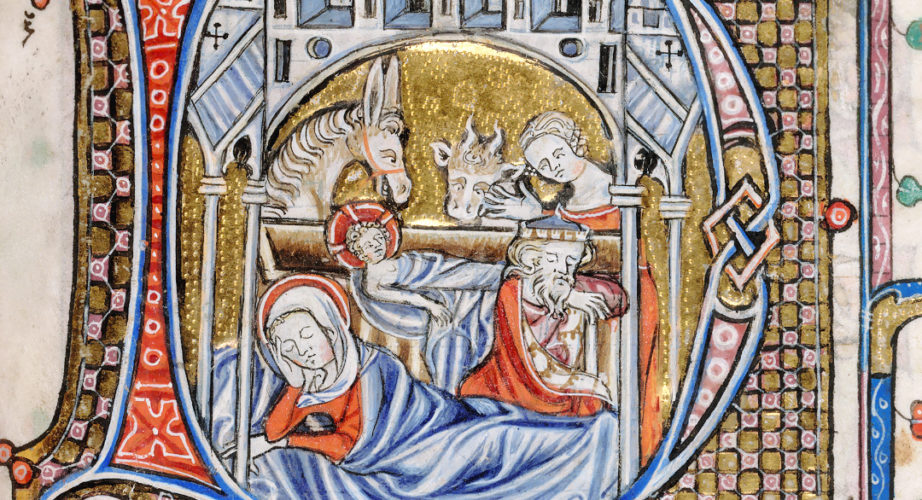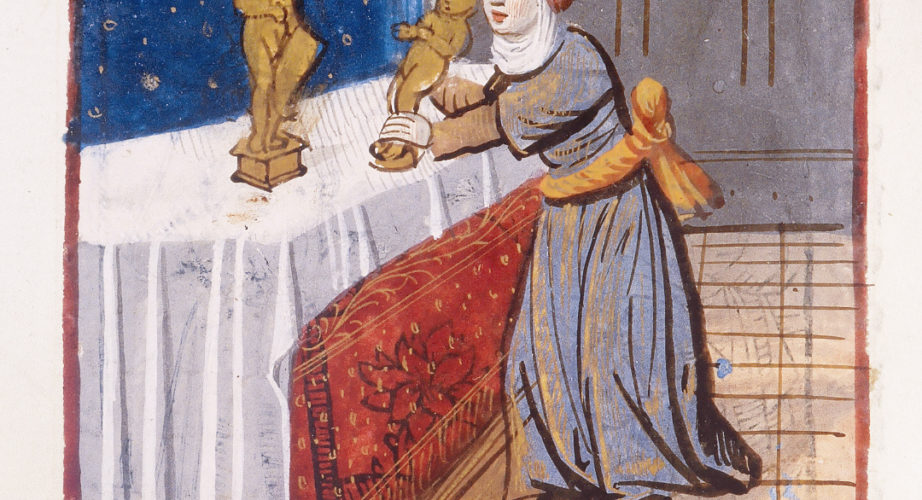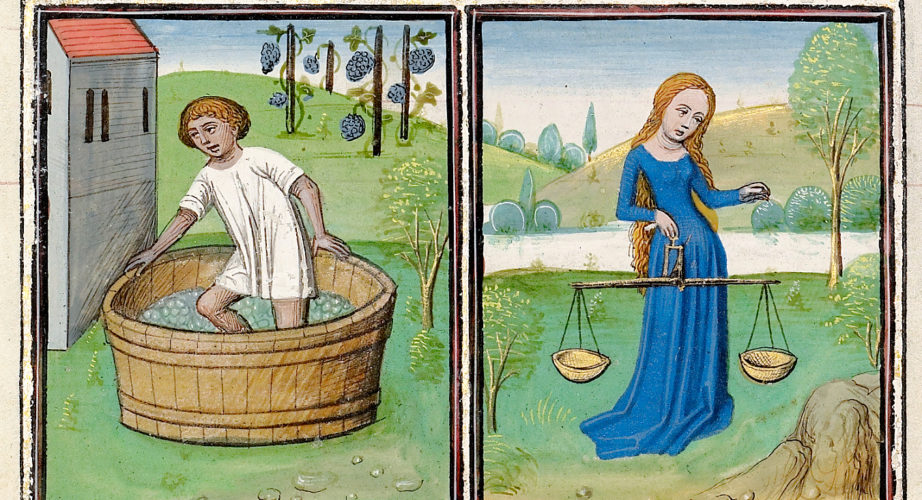THE BATTLE OF LEGNICA
 On April 9, 1241, one of the most relevant battles between the expanding Mongol Empire and the European forces took place. The battlefield was that of Legnica, in the Silesian province of Poland; the invasion of Poland was, however, but a decoy on the Mongols' part. Under the leadership of Batu Khan, in fact, the Horde had chosen the Kingdom of Hungary as their next target and step towards the conquest of Europe as a whole - their final aim being that of reaching the "Great Sea", the Atlantic Ocean. In order to do this, however, the Horde needed a diversion to keep the northern European troops from assisting Hungary in combat. A Mongol diversionary force, led by Orda Khan, Baidar, and Kadan, was thus sent to attack Poland, while the main Mongol force struck the Kingdom of Hungary.
In order to fight the Horde, the Polish forces under the command of Henry II the Pious, Duke of Silesia, joined with those of King Wenceslaus I of Bohemia and with a few knights sent by the Pope. The battle, however, was a complete defeat of the Christian part: the Mongols, in fact, tricked their opponents by feigning their retreat. As soon as the Polish knights had detached from the main body of their army, the invaders could thus separate them from the infantry and defeat each division one by one. The victorious Mongols then allegedly counted their victims by cutting the right ear off of each corpse, supposedly filling nine sacks. Henry II was beheaded in action, his head later paraded on a spear before the town of Legnica.
Despite the victory, however, the battle of Legnica marked the most advanced point reached in Europe by the Mongols: with the death of the Great Khan Ögedei (the son of Genghis Khan) in December 1241, in fact, the Mongol Empire entered a time of great destabilization which led to the retreat of the Horde in 1242.
"The Battle of Legnica - the Beheading of Henry and His Soul Carried by Angels to Heaven", illumination from the manuscript "Vita beatae Hedwigis", ms. Ludwig XI 7, f. 11v, 1353, J. Paul Getty Museum, Los Angeles.
On April 9, 1241, one of the most relevant battles between the expanding Mongol Empire and the European forces took place. The battlefield was that of Legnica, in the Silesian province of Poland; the invasion of Poland was, however, but a decoy on the Mongols' part. Under the leadership of Batu Khan, in fact, the Horde had chosen the Kingdom of Hungary as their next target and step towards the conquest of Europe as a whole - their final aim being that of reaching the "Great Sea", the Atlantic Ocean. In order to do this, however, the Horde needed a diversion to keep the northern European troops from assisting Hungary in combat. A Mongol diversionary force, led by Orda Khan, Baidar, and Kadan, was thus sent to attack Poland, while the main Mongol force struck the Kingdom of Hungary.
In order to fight the Horde, the Polish forces under the command of Henry II the Pious, Duke of Silesia, joined with those of King Wenceslaus I of Bohemia and with a few knights sent by the Pope. The battle, however, was a complete defeat of the Christian part: the Mongols, in fact, tricked their opponents by feigning their retreat. As soon as the Polish knights had detached from the main body of their army, the invaders could thus separate them from the infantry and defeat each division one by one. The victorious Mongols then allegedly counted their victims by cutting the right ear off of each corpse, supposedly filling nine sacks. Henry II was beheaded in action, his head later paraded on a spear before the town of Legnica.
Despite the victory, however, the battle of Legnica marked the most advanced point reached in Europe by the Mongols: with the death of the Great Khan Ögedei (the son of Genghis Khan) in December 1241, in fact, the Mongol Empire entered a time of great destabilization which led to the retreat of the Horde in 1242.
"The Battle of Legnica - the Beheading of Henry and His Soul Carried by Angels to Heaven", illumination from the manuscript "Vita beatae Hedwigis", ms. Ludwig XI 7, f. 11v, 1353, J. Paul Getty Museum, Los Angeles.
Post consigliati
Happy Holidays from Folia Magazine!
Two sleepy parents and a very awake Child... in a way, this Nativity…
Rachel
On September 30, the Church celebrates the feast day of St. Rachel, Jacob's…
Autumn
Da oggi (precisamente alle 8.50 italiane!), con l'ingresso del Sole nella costellazione della…


